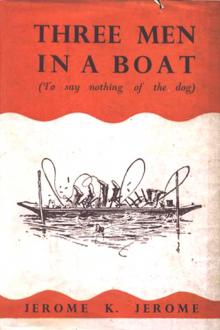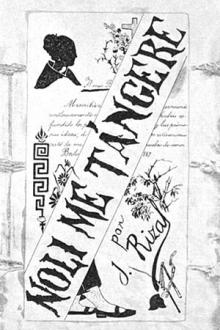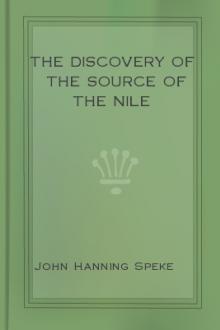What Led to the Discovery of the Source of the Nile
What Led to the Discovery of the Source of the Nile
Book Excerpt
equence in the land,--the Webbe (river) Shebéli, or Haines river,
which is of considerable importance, having a large flow of water,
trending down a cultivable district of rich red soil, and another less
important to the eastward of these two, called very unfortunately by
him the Wadi[4] Nogal. The proper specific name for this river has
never, to my knowledge, been given; but the Jid Ali Tug is one of its
head branches. It rises in some small hills close overhanging the
north coast, and runs south-easterly into the Indian Ocean, dividing
two large territories, called Ugahden, or Haud, on the west, and Nogal
on the east, mouthing at Ras Ul Khylé. Ugahden is said to be a flat
grassy country, of red soil, almost stoneless, and having water
everywhere near the surface. It is considered by the pastoral Somali a
famous place for keeping cattle, of which by report they possess a
great abundance, such as camels, ponies, cows, and Dumba sheep--a
fat-tailed animal, like the Persian breed. Game also abounds in this
country, of which the gazelles and antelopes, I was assured, roamed
about in vast herds like sheep.
The Nogal country is the opposite of this, containing nothing of any material value in it. The rock-formation is all lime, very pure and white like marble, which consequently makes the soil white, and, being very stony, it is almost barren. The Somali keep cattle here, but with much apparent difficulty, being, from the scarcity of springs and want of water, obliged to march about, following the last falls of rain, to obtain fresh herbage for their cattle. My first and greater journey gave me an insight into this portion of the interior of the country south of Bunder Gori. It was very interesting, though not profitable, from its never having been visited by any Europeans before. I observed here two distinct leading features in its physical geography. The first is a narrow hill-range, about 180 miles long and 20 or more broad, which is occupied by two large tribes--the Warsingali on the east, and a branch of the
FREE EBOOKS AND DEALS
(view all)Popular books in History, Travel
Readers reviews
0.0
LoginSign up
Be the first to review this book

 Free Download
Free Download






















